In recent weeks we have heard the astonishing news that ‘up to half’ of the corals on the Great Barrier Reef may have died in the past two years. This confirms the worst fears of environmentalists and scientists and has led to an outpouring of grief by many people. It seems that, day by day, our world gets poorer as we lose iconic landscapes.
Many people know it: they can see landscapes that are disappearing or changing before their eyes. ‘Climate tourism’ (‘see the glaciers before they melt’) is actually a thing. Yet we continue, as a society, as if everything is normal.
I had my bout of existential horror during the 2016 fires in Tasmania. Lightning strikes caused fires across the west and centre of the state. Fires in remoter areas were not able to be contained because of limitations on resourcing and many of them grew to be significant blazes. I watched as the Walls of Jerusalem, Mt Anne and the central plateau were threatened or burnt and the fire zone maps got bigger each day. The open sub alpine country south of Lake Mackenzie was burnt and images quickly came out of pencil pine groves that had been reduced to skeletons. Bushwalker Dan Broun, one of the first people into the area after the blaze was contained described a scene of “complete and utter devastation. There is kilometres of burnt ground, everything is dead.” These are forests and ecosystems that date back to the time Australia was part of the Gondwana super continent, and which evolved before fire became widespread on the continent.
Back on the mainland, there is no doubt that our fire seasons are getting longer and more intense. In the south east, in terms of massive fires (greater than 250,000 ha), Victoria experienced two such events in the 19th century and five in the 20th century. In less than two decades, we have already had three mega fires in the 21st century.
This is starting to have potentially landscape changing impacts. There is concern that alpine ash forests could be wiped out in some valleys where fire comes in multiple waves before the recovering trees can set seed. Parts of north eastern Victoria have been burnt three times in a decade. Each year, the land becomes ever more of a mosaic of new burn, older burn, and ever smaller pockets of old forest – alpine ash and snow gum – that have survived each onslaught. This area saw the Eastern Alps fire of 2003, which burnt 1.3 million hectares, and also in 2006/07 which burnt almost 1.3 million hectares. Then over the summer of 2012/13, the Aberfeldy-Donnellys Creek and Harrietville fires also burnt large areas of the mountains.
The big 2013 fire killed off forests, glades, slopes that had survived the earlier fires. The headwater country of the Ovens, Buckland, and Wongungarra were hammered hard. To my eyes that land seems poorer, from too many burns in too few seasons.
Fire has always been a part of this landscape. But climate science clearly tells us that longer and harder fire seasons are our future.
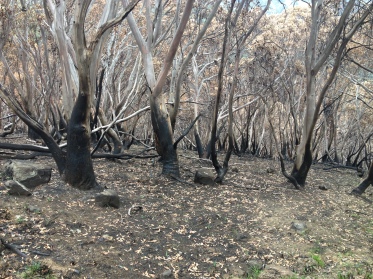 When I first started to explore the Victorian high country, the big threat was cattle grazing. I saw the trampled wetlands, the weed invasion, the changes to vegetation. As grazing was slowly phased out and national parks were declared, I hoped that the land would recover, which to a large degree it did (although with vast areas permanently invaded by exotic species as a result of grazing). Then climate change came into focus and it threatens to transform the mountains we know and love.
When I first started to explore the Victorian high country, the big threat was cattle grazing. I saw the trampled wetlands, the weed invasion, the changes to vegetation. As grazing was slowly phased out and national parks were declared, I hoped that the land would recover, which to a large degree it did (although with vast areas permanently invaded by exotic species as a result of grazing). Then climate change came into focus and it threatens to transform the mountains we know and love.
It’s the same story around the world. From fires in the Taiga forests of Alaska and Siberia to the rapid retreat of snow from Antarctica, the world is changing.
I recently spotted a story about fires in the USA: “The truth is that from the Southeast to the Sierra Nevada, wildfires are not only burning more frequently, they’re also getting larger and more powerful while their seasons get longer”.
After the Tasmanian fires, I wrote
“As we consider the impacts of these fires, the world seems poorer and it feels like we are staring into a dark abyss of loss as we confront the fact that the mountain and rainforest vegetation that characterises so much of Tasmania could be changed beyond recognition in a handful of decades.
Climate change is re-writing the way the world works”.
I’m not prone to getting depressed. But this is hard stuff to grapple with. Any sane person should be feeling grief and anxiety as climate change impacts get deeper and stronger. But I also believe that getting active is a great antidote to despair. As I once heard a union rep say as he talked about the campaign to make workplaces safer: “grieve for the dead but fight like hell for the living.”












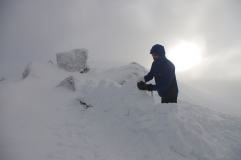













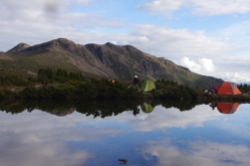


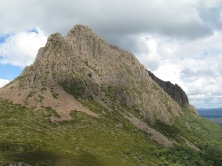






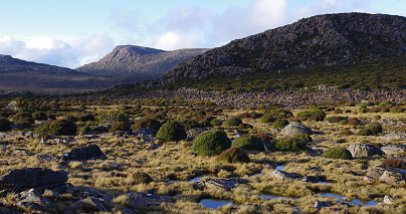



















Leave a comment